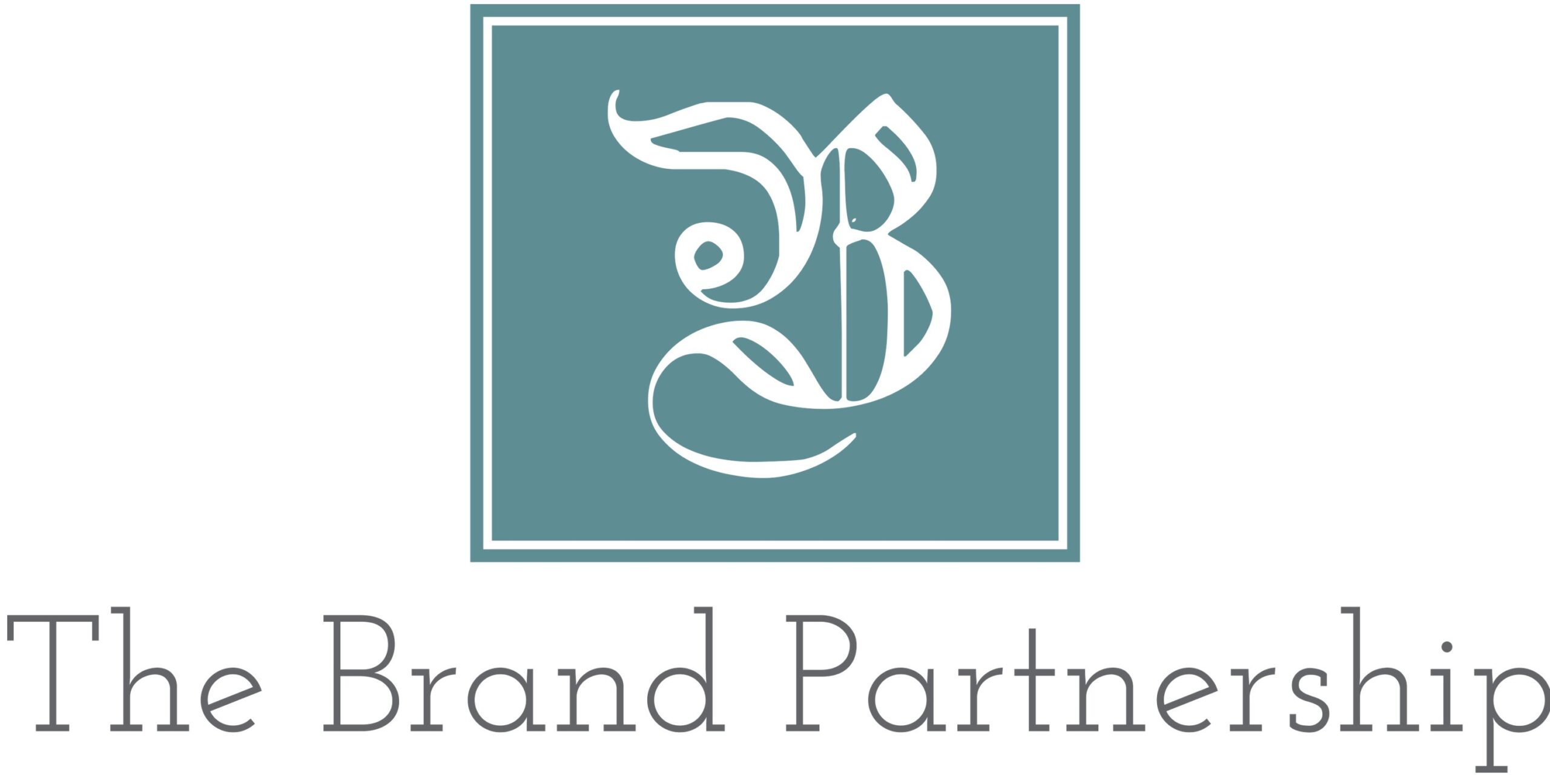
Good employee communication is essential to creating a well-informed and engaged workforce that is able to work together effectively to achieve organizational goals. But how do you sell in the importance to leadership? What are the steps to creating a world-class employee communications and engagement program that favorably impacts morale and performance? This article will answer these questions with a proven process and the rationale points for the business case of the value of good employee communications.
The Business Case for Ongoing, Open Employee Communication
There are many tangible benefits for creating a dedicated, ongoing employee communications program. Some of these include:
- Understanding and clarity. Good communication helps ensure employees understand company policies, procedures, goals and objectives, company and product background, as well as how their roles and responsibilities help achieve the company’s goals.
- Engagement and motivation. When employees feel valued and included in key company decisions, they are more likely to be engaged in and motivated in their work.
- Culture. Good communications helps promote a positive workplace culture and foster a sense of belonging.
- Problem-solving and decision-making. Effective communication can facilitate open and honest discussions, which can lead to better problem-solving and decision making.
- Trust and collaboration. Good communication boosts trust and collaboration among employees, which can lead to increased teamwork and better results.
- Transparency and accountability. Clear and open communication helps to promote transparency and accountability in the workplace, which can contribute to a more positive workplace environment and employee productivity and satisfaction.
The Steps to Building an Effective Internal Communications Program
Building an effective communications strategy is crucial for ensuring success of an organization. Here are some steps to building one:
- Make it a priority. Ensure that employee communications is a key focus for your organization, with dedicated resources and budget to support it. This means a priority from the top down.
- Identify your goals. Determine what you want to achieve with employee communications, and set clear, S.M.A.R.T. objectives. S.M.A.R.T. goals are specific, measurable, achievable, relevant and time-based.
- Know your audience. Understand who your employees are and what their needs and communications preferences are. This will help you determine the most effective ways to reach and engage them and the subjects that will have the most relevance and impact.
- Choose your channels. Decide which channels will best reach your employees and make sure they have access to them. This can include email, in-person or video-based meetings, digital newsletters, intranet, text messages, events and more. Not everyone works at a desk with a computer, so be sure your efforts reach and engage with all employees.
- Create message consistency. Identify the messages (and proof points under those messages) you want to communicate regardless of channel to achieve the awareness, education, motivation or other objectives you seek. These should be integrated throughout each of your pieces of content. Messages should align with your overall business objectives and your organization’s vision, mission, and values. Communication consistency in terms of regularity is also important. Consistent, ongoing communication about important information and updates keeps all employees informed and on the same page.
- Develop a content strategy. Plan the types of content and formats you want to create and how often you will share them and in which channels. These should include a mix of informational, motivational and engagement content – from digital newsletters and email to videos and infographics to Q&A townhall meetings. Timely communication helps build trust and shows you respect your employees.
- Select your spokespersons. Companies that make communications a priority don’t just send communications out from the public relations department. The content strategy will outline appropriate communications voices, formats and cadence. This should include the company CEO or president, other executive leaders, communications team members, and human resources, matching the content to the most appropriate person or group.
- Be clear and approachable. Ensure your message is clear and easy to understand. Avoid using complex jargon or technical terms that not everyone may understand. Use a professional but friendly tonality that is approachable and inclusive.
- Create Personalization. Tailor communications where possible by using employee name or dividing employees into meaningful subgroups (by division, title categories, special interests, newness to company, etc.) versus communicating in a generic one-size-fits-all approach.
- Foster two-way communication. Encourage employees to provide feedback, ask questions, engage in a dialogue with management, and share their own experiences. It’s important to listen to employee concerns and respond appropriately with replies and resolution. This helps build trust and ensures your communications are relevant and meaningful for your employees. It also fosters a sense of community.
- Create a cross-functional communications working group. Many communicators find it helpful to hear directly from employees of varying backgrounds and roles in an organization. Putting together a quarterly meeting of employees to test messages, campaign ideas, query editorial topics and more can be beneficial and enable employees to feel a sense of ownership in the communication of the company while providing you with real-time feedback to help you optimize your strategies, messages, and materials.
- Measure and evaluate. Regularly review, measure and evaluate the effectiveness of your employee communications program. This includes gathering ongoing feedback from employees (annual employee survey, suggestion feedback mechanism, working group, employee resource groups, etc.) and adjusting your strategy as needed.
The key with good employee communications is being consistent, timely, relevant and honest – especially when delivering difficult news — and being open to feedback and improvement. Following these tips will enhance your employee communications program, create organizational impact, and foster a positive corporate culture.
About the Author
Judy Johnson has created research- and mission-based employee communications and engagement programs in-house and for dozens of clients as an outside consultant over her 30-plus year career. Contact Judy at judy@thebrandpartnership.com for a free consult.
